General description
Aquaporin 2 (AQP2) exists as a tetramer with C terminus showing multiple conformations and binds two cadmium ions. AQP2 gene is mapped to human chromosome 12q13.12. It is associated with intracellular vesicles.
Aquaporin 2 (AQP2) is a water channel protein that regulates water balance in renal connecting tubules and collecting ducts. AQP2 is activated by anti-diuretic hormone and subsequently facilitates water inflow in renal cells. This protein also interacts with integrin to modulate epithelial cell morphogenesis and cell movement . Anti-Water Channel Aquaporin 2 antibody recognizes aquaporin 2 from rat by immunoblotting. The antibody also reacts with mouse and human AQP2.
Immunogen
synthetic peptide corresponding to amino acids 254-271 of rat or mouse aquaporin 2 (with additional N-terminal lysine and tyrosine) conjugated to KLH with glutaraldehyde. The epitope is identical in rat and mouse and highly conserved in human.
Application
Anti-Water Channel Aquaporin 2 antibody is also suitable for use in chemiluminescent western blot (1:200-1:1000), and immunoblot.
Anti-Water Channel Aquaporin 2 antibody produced in rabbit has been used in:
- immunostaining
- immunohistochemistry
- immunofluorescence
- immunoblotting
Immunohistochemistry was performed on 10% formalin-fixed parraffin embedded rat kidney sections using rabbit anti-AQP2 at a concentration of 5μg/ml. Use of anti-AQP2 allowed visualization of the medullary thick ascending limb and collecting ducts.
Biochem/physiol Actions
Aquaporin (AQP2) N-terminal region plays a key role in trafficking. The C-terminal phosphorylation is crucial for the water permeability function of the apical membrane. Also, ubiquitination at lysine 270 is needed for AQP2 sorting and degradation in lysosomes or elimination through exosomes. Mutation in AQP2 gene is implicated in congenital nephrogenic diabetes insipidus (NDI), a water balance disorder. The functional dysregulation of AQP2 is also correlated to preeclampsia, congestive heart failure and liver cirrhosis.
Physical form
Lyophilized from a solution containing phosphate buffered saline, pH 7.4, containing 1% BSA, and 0.05% sodium azide.
Preparation Note
Isolated on immobilized Protein A
Disclaimer
Unless otherwise stated in our catalog or other company documentation accompanying the product(s), our products are intended for research use only and are not to be used for any other purpose, which includes but is not limited to, unauthorized commercial uses, in vitro diagnostic uses, ex vivo or in vivo therapeutic uses or any type of consumption or application to humans or animals.
biological source: rabbit. Quality Level: 100. conjugate: unconjugated. antibody form: IgG fraction of antiserum. antibody product type: primary antibodies. clone: polyclonal. form: lyophilized powder. species reactivity: rat, human. technique(s): immunohistochemistry: suitable, western blot (chemiluminescent): 1:200-1:1000. UniProt accession no.: P41181. storage temp.: −. 20°C. target post-translational modification: unmodified. Gene Information: human ... AQP2(359)mouse ... Aqp2(11827)
rat ... Aqp2(25386). Pictograms: GHS06. Signal Word: Danger. Hazard Statements: H302 + H332 - H311 - H412. Precautionary Statements: P273 - P280 - P301 + P312 + P330 - P302 + P352 + P312 - P304 + P340 + P312. Hazard Classifications: Acute Tox. 3 Dermal - Acute Tox. 4 Inhalation - Acute Tox. 4 Oral - Aquatic Chronic 3. Storage Class Code: 6.1C - Combustible, acute toxic Cat.3 / toxic compounds or compounds which causing chronic effects. WGK: WGK 3. Flash Point(F): Not applicable. Flash Point(C): Not applicable. Personal Protective Equipment: Eyeshields, Gloves, type N95 (US).
- UPC:
- 51321707
- Condition:
- New
- Availability:
- 3-5 Days
- Weight:
- 1.00 Ounces
- HazmatClass:
- No
- MPN:
- A7310-.2ML












